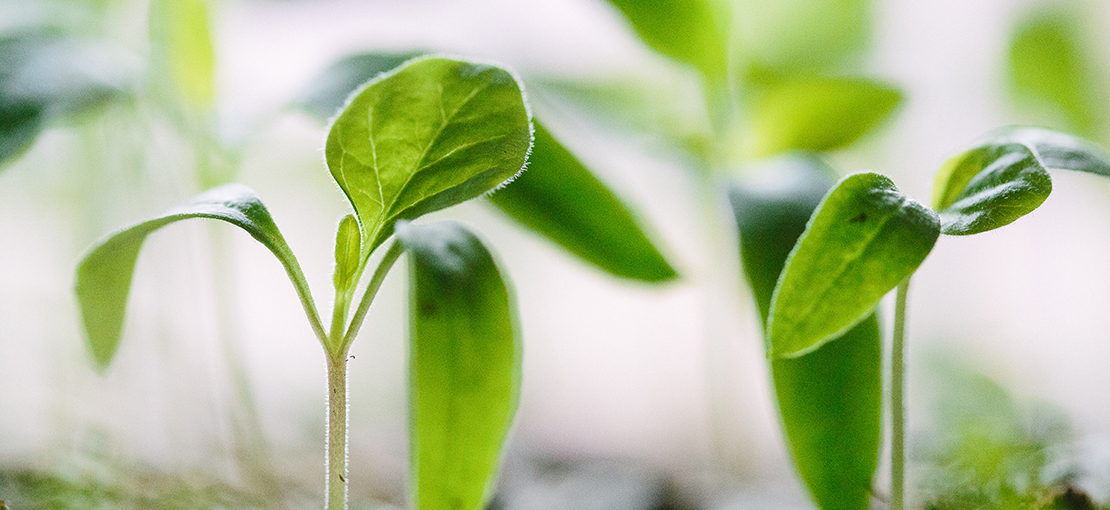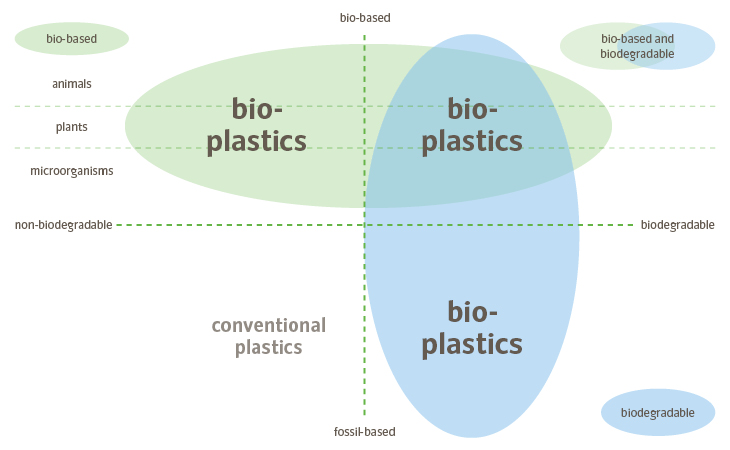
Synthetics from renewable resources
Forward to nature
VAUDE uses synthetic materials such as polyester, polyamide or polyurethane for many of its products. These materials are derived from petroleum.
We have set ourselves the goal of increasing our use of renewable raw materials. We want to lower the use of limited fossil resources and avoid adding more "plastic" to the planet.
Animal-based, plant-based, recycled, biobased
Renewable resources can be natural plant fibers such as organic cotton, nettle or hemp. It also includes animal-based raw materials such as down, camel hair or merino wool, which are optimal from an ecological point of view. Then there are fibers made from tree cellulose such as Tencel: made from FSC-certified wood. Read more
We use as many recycled materials as possible in order to conserve resources. Read more
Bioplastics at VAUDE
Ceplex Green is a new addition to the VAUDE Collection. One component of this material incorporates repurposed coffee grounds into the fiber.
In this innovative membrane, 25% of the conventional polyurethane is replaced by S.Cafe ®, which is made with recycled coffee grounds – making the fabric partially biobased from renewable raw resources. Sound exciting? Read more here
In some cases, materials made from biobased plastics have even better functional properties than conventional plastics – they weigh less, for example. However, the amount of energy consumed during production processes varies widely and not every bioplastic automatically means higher environmental performance.
Bioplastics that utilize waste from the food industry are ideal; rather than requiring the cultivation of additional crops, residual materials are recycled. A lot of research and development is still needed before these materials can be used for textiles however.
Because these materials and technologies are still very new, we are staying closely tuned and are looking forward to the innovations they are making possible.
Until that time, we will continue to adhere to the recommendations of our partner, the WWF : We will use bioplastics for durable materials, but not for disposable products such as packaging.
Criteria and trade-offs
Clearly renewable resources are a good option. Unfortunately, there are a few pitfalls that need to be avoided.
We think that it is important to avoid the competition between cultivating agricultural raw materials (such as corn) and the production of food. This is difficult to ensure: At the moment, our decisions are based on the location of the growing region and the living standards of the local population.
In addition, VAUDE Green Shape products are not made with genetically modified materials. To verify this, we require a confirmation from our suppliers that they do not use genetically engineered substances.
We in the CSR team have hotly debated one exception at VAUDE:
Two shoe models in the 2018 Summer Collection include a biobased TPU in the heel counter and toe cap. This innovative material is made from 50% renewable raw materials and is characterized by a high abrasion resistance and low weight. Currently however, this material is only available with components from genetically modified crops.
In this instance, we had to decide which was more important: conserving fossil resources, lowering greenhouse gas emissions, and promoting the use of innovative materials made from renewable resources versus genetic engineering...
For a short transitional period of two seasons, we have opted for an exception to our Green Shape exclusion criteria. Thereafter, the material must be available in a non-genetically modified version or we will discontinue using it.
Biobased or biodegradable
Synthetics that are made from renewable resources rather than petroleum are particularly innovative. Frequently, this type of bioplastic is equated with “biodegradable” or “compostable”, but this isn’t always the case.
Many biobased synthetics are similar to conventional plastic in that they are virtually non-biodegrable. By the same token, there are also conventional, petroleum derived plastics that are biodegradable.
The question is whether "biodegradable" actually makes sense from an environmental perspective. On one hand for example, you would think that it would be great if plastic would just dissolve in the ocean.
On the other hand, the production of plastics – whether derived from petroleum or from renewable raw materials – requires significant energy. The result is a high quality material with many functional properties. Doesn’t it make much more sense to reuse or recycle such materials rather than allowing them to degrade into “nothing” (CO2 and water)?
We are following the current scientific discussion on this with interest. Read here to find out what the Federal Environment Agency has said about bioplastics :

| GRI: | G4-EN1 |
| GRI: | G4-EN2 |
| GRI: | G4-EN27 |






